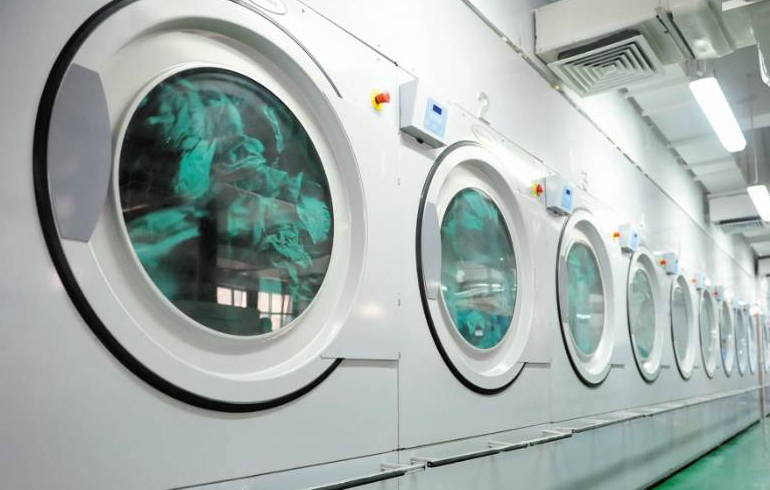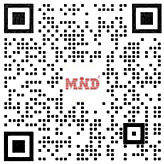The laundry industry is experiencing a technological revolution through the adoption of ultra-high frequency (UHF) RFID tags specifically designed for textile applications. These specialized tags are transforming commercial laundry operations, uniform management, and textile lifecycle tracking by providing unprecedented visibility and automation capabilities.
Traditional laundry operations have long struggled with manual tracking methods that are time-consuming and prone to errors. UHF RFID washable tags address these challenges through durable designs that withstand hundreds of industrial washing cycles while maintaining reliable identification capabilities. Embedded directly into garments or linens, these tags enable automatic sorting systems to process up to 800 items per hour with near-perfect accuracy, eliminating manual handling at collection points. The technology has proven particularly valuable for hospitals and hotels managing large linen inventories, where efficient tracking directly impacts operational costs and service quality.
The technical specifications of modern laundry RFID tags reflect years of material science innovation. Specialized encapsulation techniques protect microchips and antennas from harsh detergents, high temperatures, and mechanical stress during washing. Advanced tag designs incorporate flexible substrates that move naturally with textiles, preventing damage during use while maintaining consistent read ranges of 1-3 meters. This durability allows tags to remain functional throughout a textile’s entire service life, creating comprehensive usage records that inform replacement schedules and inventory planning.
Beyond basic identification, smart laundry tags are evolving to incorporate additional functionality. Some advanced models now feature embedded sensors that monitor wash cycle completion through temperature thresholds, while others track the number of washes to predict textile wear. This data helps optimize laundry processes by identifying inefficient washing patterns or premature fabric degradation. The integration of these systems with cloud platforms enables real-time inventory visibility across distributed laundry facilities, allowing managers to allocate resources dynamically based on actual usage patterns.
The environmental benefits of RFID-enabled laundry systems are becoming increasingly apparent. By accurately tracking textile lifecycles, organizations can extend product usability through timely repairs and optimal rotation schedules. The technology also supports circular economy initiatives by facilitating the sorting and redistribution of retired linens for recycling or repurposing. Some forward-thinking operators are using wash count data to certify textile conditions for resale markets, creating new revenue streams while reducing waste.
Implementation considerations for laundry RFID systems involve careful planning of infrastructure. Fixed readers installed at key workflow points automatically capture tag data during sorting, distribution, and collection processes. Mobile readers complement these systems by enabling spot checks and inventory audits without disrupting operations. The choice between various tag form factors depends on textile types and washing requirements, with options ranging from silicone-encased buttons to flexible fabric labels that integrate seamlessly with garments.
Looking ahead, the convergence of UHF RFID with other emerging technologies promises to further enhance laundry management systems. The integration of artificial intelligence enables predictive analytics for maintenance scheduling and inventory optimization, while blockchain applications may soon provide tamper-proof records for hygiene compliance in healthcare textiles. As 5G networks expand, real-time tracking of mobile laundry assets like cleaning carts and uniform lockers will become increasingly feasible.
The adoption of UHF RFID in laundry operations represents more than just technological upgrade—it signifies a fundamental shift toward data-driven textile management. By transforming passive linens into connected assets, these systems create new opportunities for efficiency gains, cost reduction, and sustainability improvements across the entire laundry ecosystem. As the technology continues to mature, its role in shaping the future of industrial textile services is expected to grow substantially in both scope and impact.
Post time: Jul-18-2025






